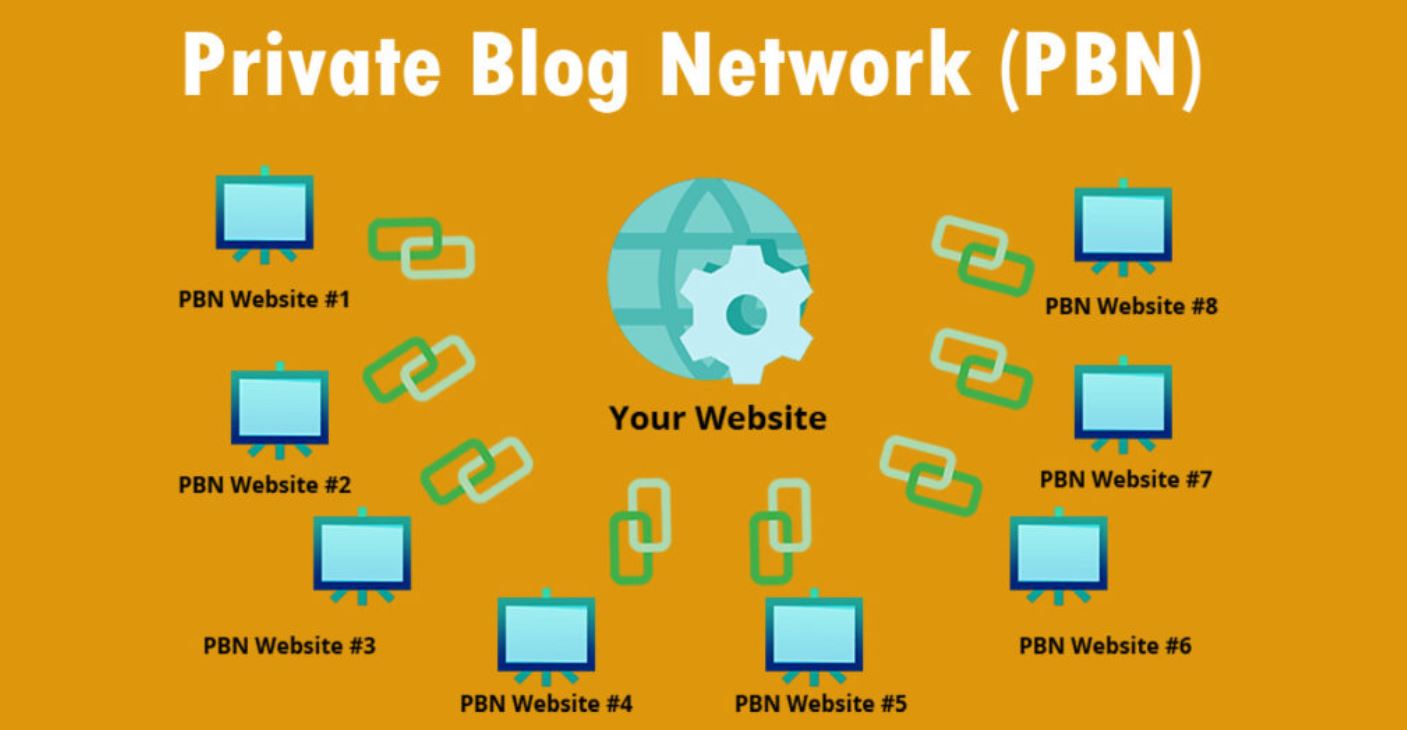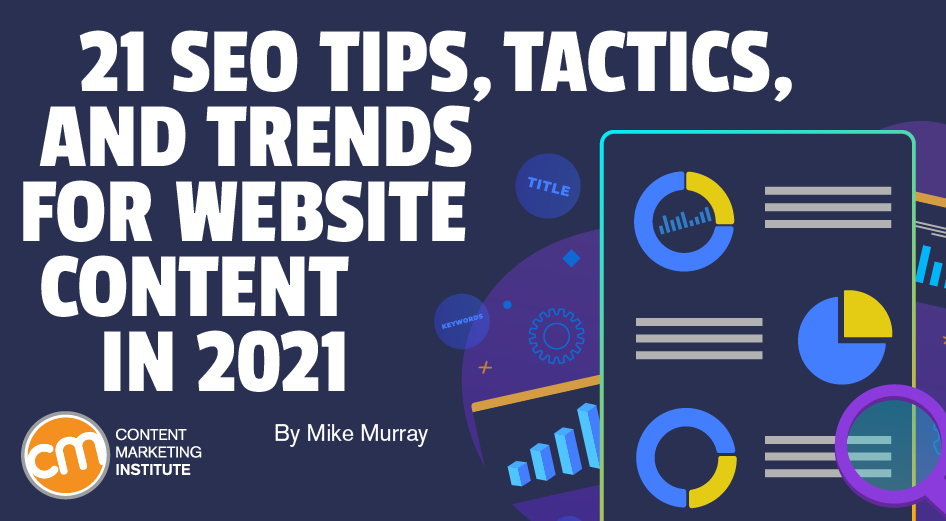
Evergreen posts are the best way to rank long-tail keywords. Even though popular topics can be easily covered up, you can provide a new perspective or additional information. Long-tail keywords can be very popular but they are not overly competitive. It is possible to find low-content niche markets where there is little competition. This makes evergreens very valuable due to their low content. These tips will help you decide if a post is evergreen.
Link to evergreen posts to keep your blog on the first page of Google
Writing long-form content is one way to make your blog rank high on Google. One advantage to long-form articles is that they are more search-friendly than shorter-form articles. Google's search results will display long-form articles under "indepth articles" as well as giving them Page One treatment for searching. Copyblogger's guides suggest writing for beginners.
Another way to keep your blog on the first page of the search engine results is to link to evergreen content. Evergreen content is like a beautiful green lawn. It is never out-of-date and remains as beautiful year after year. If your content is relevant and always interesting to your audience, readers will be interested and will often link back to it.
Create evergreen posts

Your older posts that have remained relevant for a long time are known as Evergreen posts. Evergreen posts are copied to the bottom of your Queue and will be re-posted after the other posts have been published. Edit your Evergreen posts at anytime. You can add new content to your Evergreen posts. You can edit the parameters of Evergreen posts, including the post's categories, text, and media. You can also adjust the Evergreen Post Recycling settings.
Evergreen posts are great for improving SEO rankings. They will remind loyal readers of your existing work and help you increase your overall traffic. Evergreen content will not only attract more visitors but also keep your audience's interest. Though many content marketing departments try to make posts that are timeless, this strategy is not always effective. The goals of evergreen content might also not be met by media brands. On the other hand, evergreen posts will still be relevant for many more years.
Determine if a post is evergreen
Consider the standards it uses to determine if your post has an evergreen status. The evergreen content will continue to be useful for years. It is important to make sure that your evergreen posts are long and contain keyword optimization. Evergreen posts can be brief, too. Some topics are as important as others. Here are a few guidelines to help you decide whether your post is evergreen. Your goal should be to find the right balance between length optimization and keyword optimization.
A topic should be an evergreen topic. It should be easy-to-reference to. A blog on the history of America Revolution may have a post. Your post may be considered classic if you have an opinion. If your post is on an esoteric theme, it should be informative.
Keep them alwaysgreen by adding new information to their evergreen posts

Always write your content for people first in order to make it truly timeless. While SEO is important, keep the human element of the content in mind. Search engines are built to rank content that is easily read and used by humans. Search engines will rank content that is written for humans higher in search results. This is particularly important for niches that are frequently updated, like the software and technology industries.
There are many reasons why creating evergreen content is important. Republishing and distributing content regularly can help you improve your search engine rankings. Not only does it help increase your exposure, but it can also boost your backlinks. Broken links can adversely affect your rankings. Broken links can be replaced using a broken link tool. Evergreen content is one of the best ways to grow your audience and increase sales.
FAQ
How Can I Get Started With SEO?
SEO is possible in many ways. The first step is to identify the keywords that you'd like to rank for. This is known as "keyword research". Next, optimize each website page to these keywords.
Optimization involves optimizing titles, descriptions and meta tags. It also includes creating unique page URLs and linking to other websites. Once optimization is complete, you will need to submit the website to search engines such as Google, Yahoo!, or Bing.
You will also need to keep track over time of your progress to determine whether you are succeeding.
What is an SEO strategy?
A good SEO strategy ensures you're not missing out on any opportunities to grow your business. When ranking higher in search results, there's no point in having great content if nobody ever finds it!
SEO strategies are a great way to build relationships with people and experts in your industry. Their connections and knowledge can help you learn new tricks and techniques that will allow you to outperform your competition.
How long does it take to build up traffic through SEO?
SEO can generate traffic in 3-4 weeks. It all depends on several variables.
-
Your site's content quality
-
Backlinks
-
Targeted keywords
-
Competitor rankings etc.
SEMrush provides a free trial to help you get started in SEO. They provide a powerful platform that allows you to monitor all aspects of your SEO campaign, including competitor research, backlink profile, top pages, local listings, organic traffic stats, reports, and more.
Where can you find your keywords?
To find standard terms for your products or services, you will need to first consider the kind of products or customers you are offering. Once you have a list of phrases, you can use Google Keyword Planner to find out what phrases people are searching or directly go to search engines such as Bing, Yahoo!, and DuckDuckGo.
How often should my website be updated?
It is possible to improve your site's ranking by regularly updating it. But it is not always necessary. If you've already created good content, you may not need to update it frequently.
What are the various SEO strategies?
There are three types of SEO strategies: search engine optimization (SEO), Social Media Optimization (SMO) and Pay-per-click Advertising (PPC).
SEO optimizes content using certain keywords. This can be done with text formatting or HTML code.
This helps make sure your site appears higher on search results pages.
Meanwhile, social media optimization (SMO) involves optimizing your website for social networks such as Twitter, Facebook, and Google+.
These can help you build your online reputation and increase traffic to your site when people search for related topics.
PPC ads are also displayed at the top search results pages and show relevant products or services.
Google paid search advertisements are the most well-known type of PPC advertisement. These ads can be very effective, even though they cost a lot.
However, several other forms of PPC advertising are available - including display ads, video ads, and sponsored posts.
What Does SEO Stand For for Small Businesses?
The biggest challenge facing small businesses today is competing against larger companies that spend millions on advertising. Search Engine Optimization allows small businesses to leverage the same marketing power as larger companies without breaking the bank.
Statistics
- And 90%+ of these backlinks cite a specific stat from my post: (backlinko.com)
- Which led to a 70.43% boost in search engine traffic compared to the old version of the post: (backlinko.com)
- Deleting those 10k pages is one of the main reasons that he improved his site's organic traffic by nearly 90%: (backlinko.com)
- : You might have read about the time that I used The Content Relaunch to boost my organic traffic by 260.7%: (backlinko.com)
- These guides are designed and coded 100% from scratch using WordPress. (backlinko.com)
External Links
How To
What you should know about duplicate content, SEO and other topics
Duplicate content can be a problem for webmasters and search engine operators alike. There are two types: internal and external duplicates. Internal duplicates occur when multiple pages within a site contain identical content. External duplicates are when the page has similar information to another URL.
Internal duplication occurs when there are multiple pages containing similar text or images. Poor copywriting skills are responsible for this type of duplication. Poor copywriting can mean that you haven’t created unique content for each page. This can lead to internal duplicates.
External duplication occurs when a single page contains similar information to other URLs. External duplication is when a page contains similar information to other URLs. For example, if you have both a product page listing all your products and a category pages listing all those products, then you've got external duplication.
Google doesn’t penalize websites who have duplicate content. However, it does penalize sites that attempt to manipulate its algorithm to rank higher. Duplicate content on your website? Make sure it's not manipulative.
Link building is one of the best ways to manipulate Google's algorithm. Link building refers to creating links between your site and other websites. These links look unnatural and can cause Google to devalue you website.
Some ways to avoid link manipulation include:
-
Avoid low-quality backlinks (those that come from spammy sources).
-
Using anchor texts that are relevant to your website.
-
Create unique content for every page of your website.
-
High-quality content.
-
A good domain name is essential.
Let's not fret about duplicate content. Instead, focus on ensuring that you have unique content for every page on your website. This will allow you to rank higher in search engine results pages.